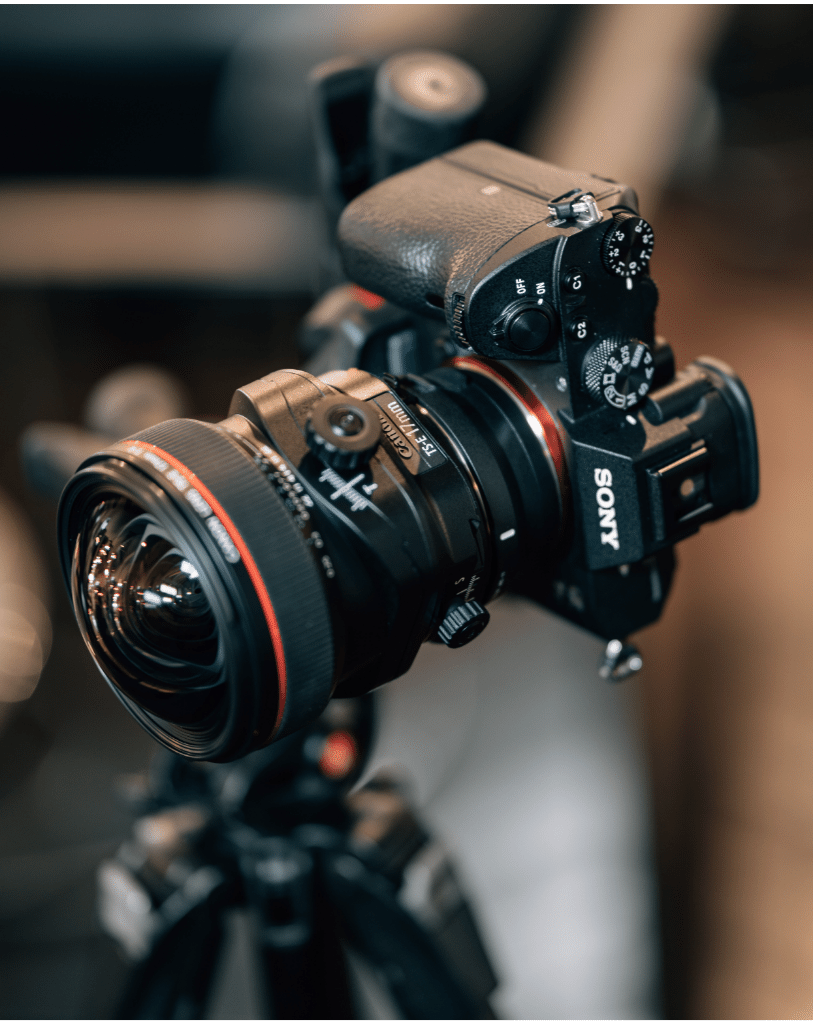Introduction to Camera Aperture
The camera aperture is like the eye of your camera, determining how much light enters the lens. It’s a fundamental factor in photography that impacts both exposure and creative effects.
Definition of Aperture
The opening in the lens that allows light to flow through is called an aperture. Smaller values correspond to larger apertures, and vice versa. It is measured in f-stops.
The Importance of Aperture in Photography
Aperture plays a crucial role in determining the depth of the field, managing the degree of background blur, and impacting the overall sharpness of the image.
Understanding aperture size and F-stops
Aperture size is the physical size of the opening in the lens, regulating how much light reaches the camera sensor. It’s measured in f-stops, such as f/1.8, f/4, f/8, etc.
Explanation of Aperture Size
A larger aperture (lower f-stop number) allows in more light, making it suitable for low-light circumstances or creating a shallow depth of field. A smaller aperture (lower f-stop number) allows less light in, making it suitable for well-lit scenes or enhancing sharpness.

Understanding F-Stop Values
F-stop values represent the ratio of the focal length to the diameter of the aperture. Lower f-stop values equal larger apertures, whereas higher f-stop numbers suggest smaller apertures.
The Role of Aperture in Exposure
Aperture immediately affects the exposure of an image by managing the quantity of light that reaches the sensor. Understanding the aperture’s effect on exposure is vital for achieving well-balanced and correctly exposed photographs.
1. Aperture Size and F-Stops
- Aperture is measured in f-stops (commonly known as f-numbers), which include f/2.8, f/4, f/5.6, f/8, and so on.
- Smaller f-numbers indicate larger apertures, which allow more light to reach the sensor.
- Larger f-numbers correlate to narrower apertures, which restrict light.
2. Effects of Aperture:
1. Exposure Control:
- A wide aperture (small f-number) produces a brighter image.
- A narrow aperture (big f-number) produces a darker image.
2. Depth of Field (DoF):
- Aperture determines the range of sharpness in your photograph.
- A wide aperture (shallow DOF) softens the background, making it great for portrait shots.
- A narrow aperture (deep DOF) keeps both the subject and the backdrop in focus, which is ideal for landscape shots.
3. Using Aperture:
- Select the aperture priority (A or AV) mode on your camera.
- Select your preferred f-stop (aperture value).
- The camera changes shutter speed to ensure appropriate exposure.
4. Manual mode:
- For total control, go to manual mode.
- Make manual adjustments to both the aperture and shutter speed.
- Experiment with different apertures to see how they affect your photographs.
Practical Tips for Using Apertures:
1) Portraits:
- Use a wide aperture (e.g., f/2.8) to achieve stunning bokeh.
- Concentrate on the subject’s eyes, and let the background fade away.
2. Landscape:
- Select a small aperture (f/11 or greater) to keep everything in focus.
- Get clear details, from the foreground to the background.
3. Low-light Situations:
- Wide apertures (e.g., f/1.8) admit more light, making them suitable for low-light situations.
- To avoid camera shaking, be cautious of your shutter speed.
4. Creative Effects:
- Experiment with various apertures to achieve unique results.
- Shoot through objects (such as leaves or fences) to create fascinating foreground pieces.

Common Mistakes to Avoid While Using Aperture
Overlooking Aperture in Photography
Aperture frequently takes a back seat to other camera settings like shutter speed and ISO, but it plays a critical role in determining the look and feel of your images. Don’t neglect aperture—take the time to grasp how it works and utilize it to your advantage to create great shots.
Avoid common aperture errors.
One typical error photographers make is constantly shooting at the widest aperture available. While this can provide a gorgeous bokeh effect, it might not be suited for every circumstance. Remember to evaluate the impact of your aperture choice on your image and change it accordingly to reach the desired result. Mastering the use of camera apertures opens up a world of creative possibilities in photography. By mastering the intricacies of aperture size, F-stops, and their influence on exposure and depth of field, photographers may upgrade their craft and generate visually engaging photographs. Remember, practice and experimentation are crucial to honing your skills with aperture control, so don’t hesitate to explore and push the boundaries of your photography vision.
